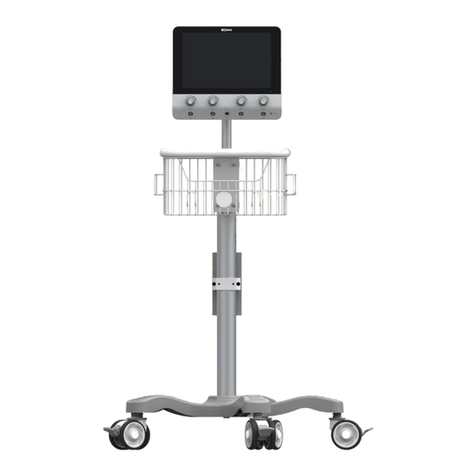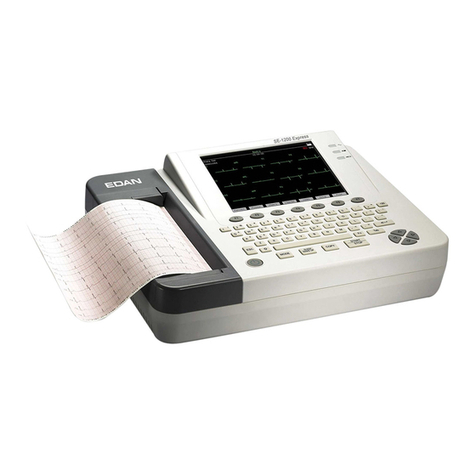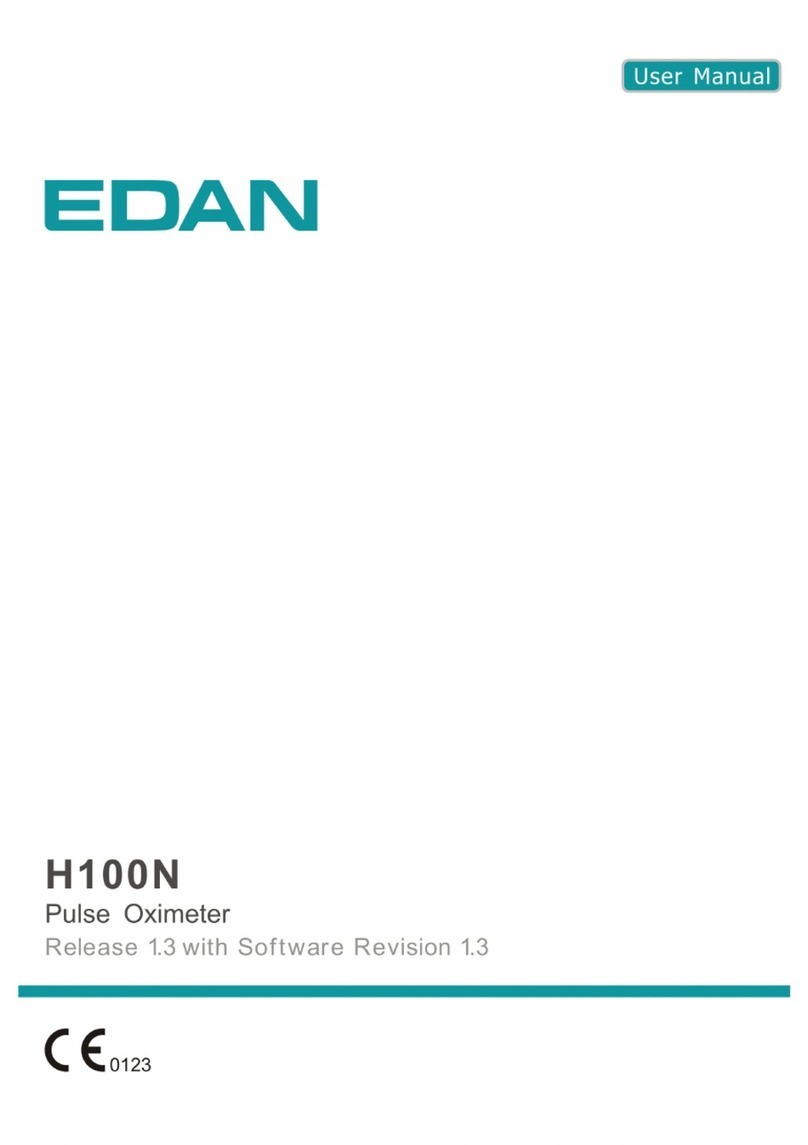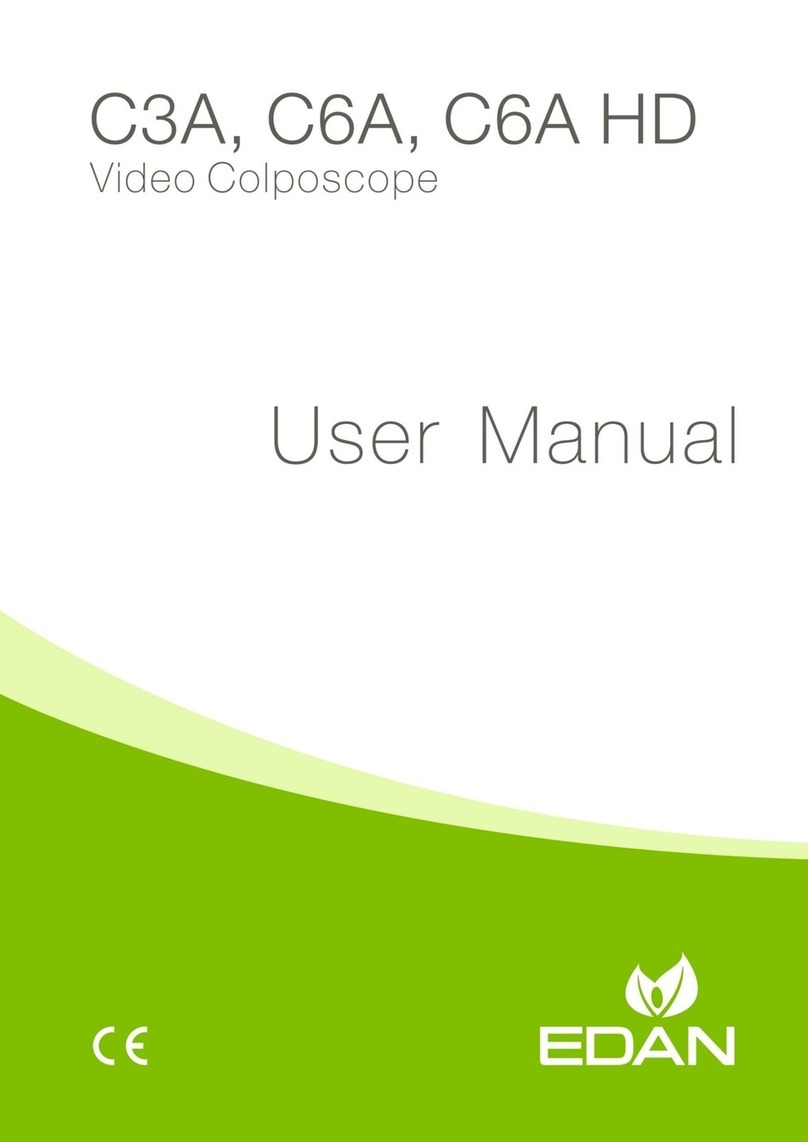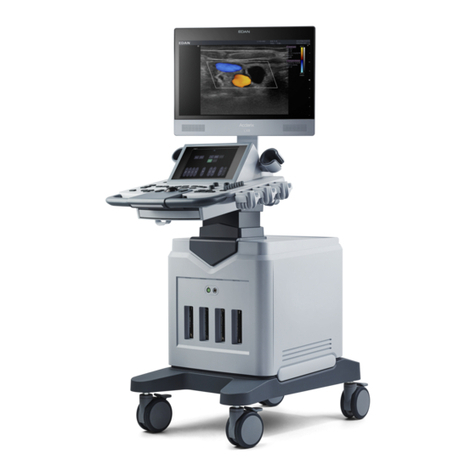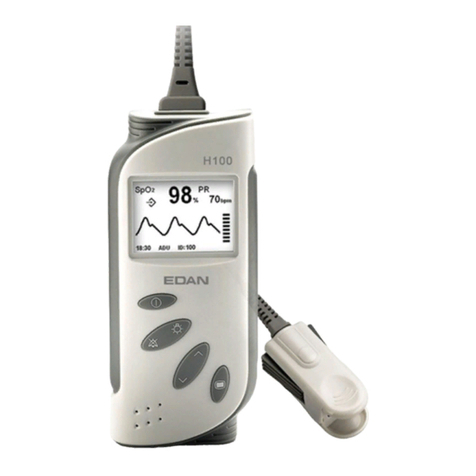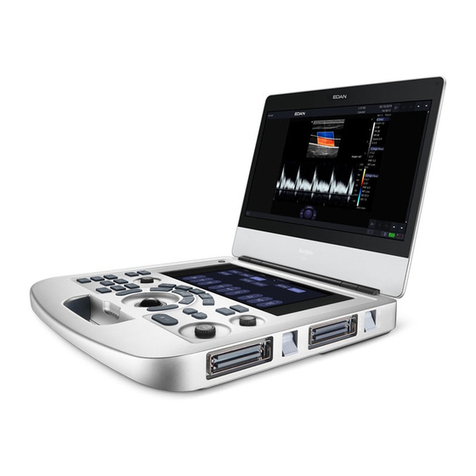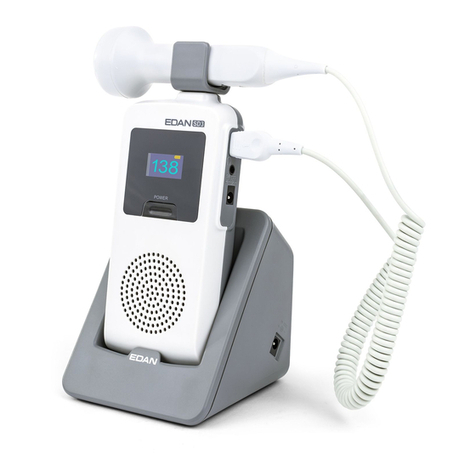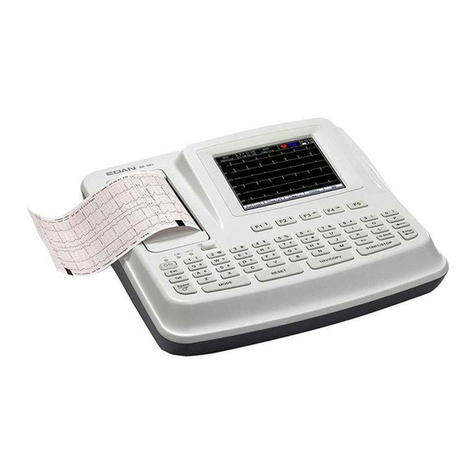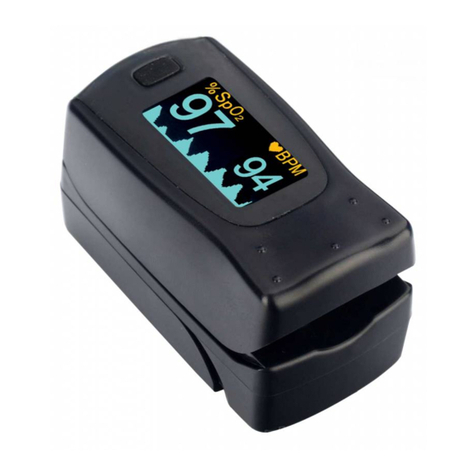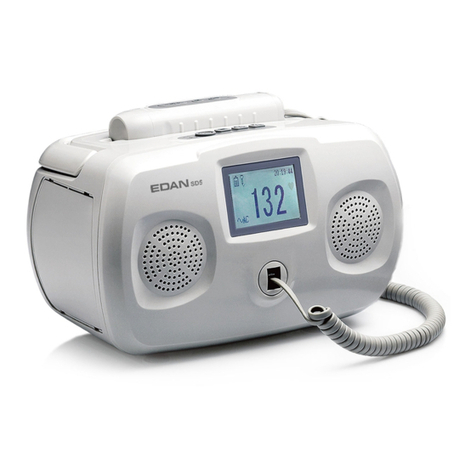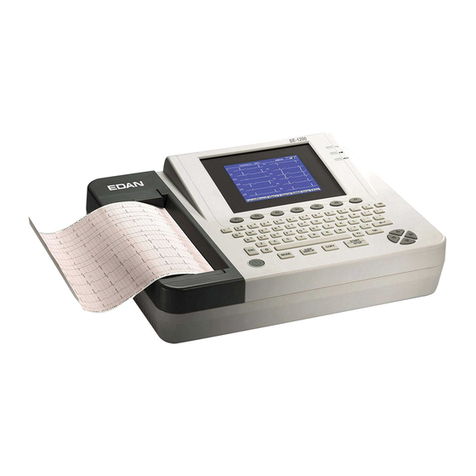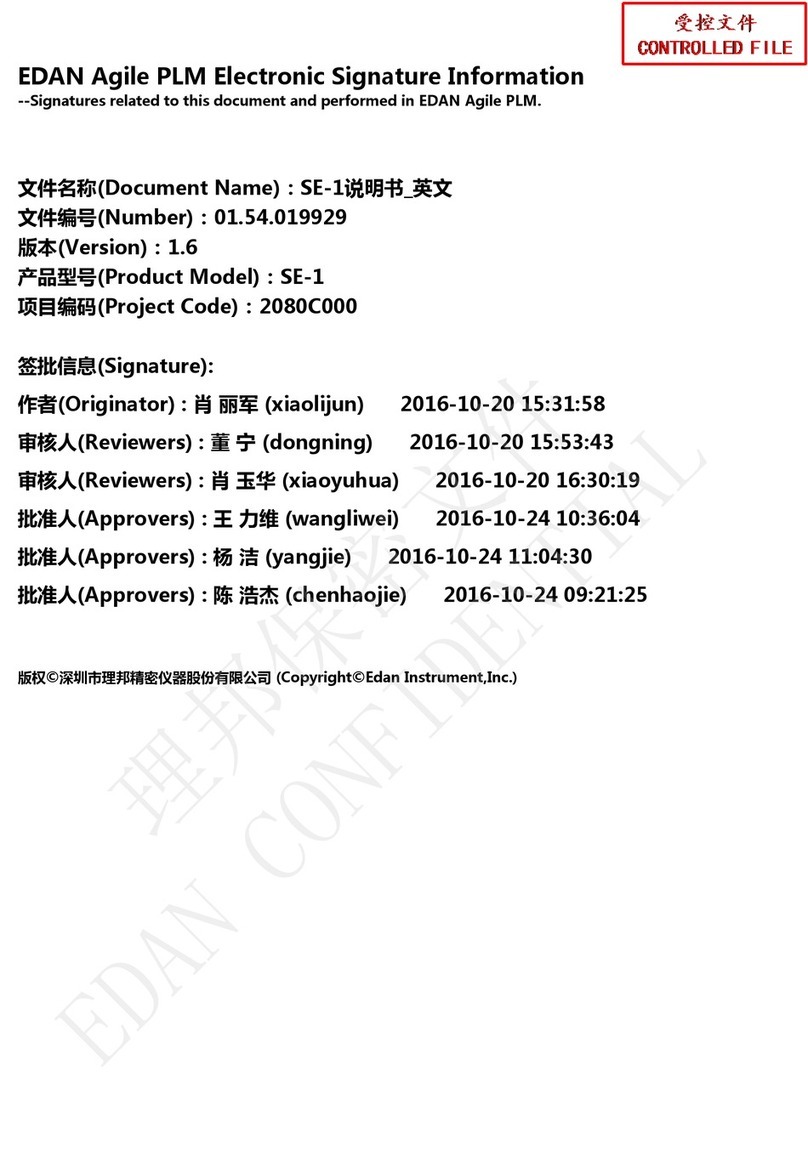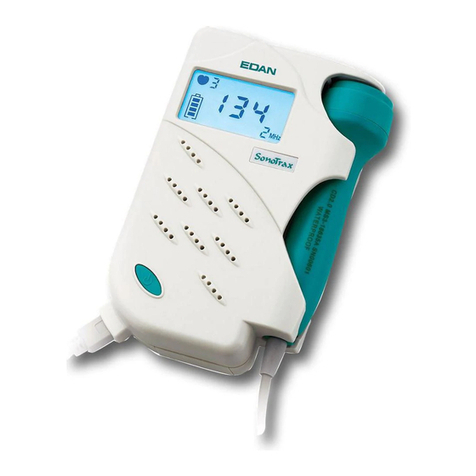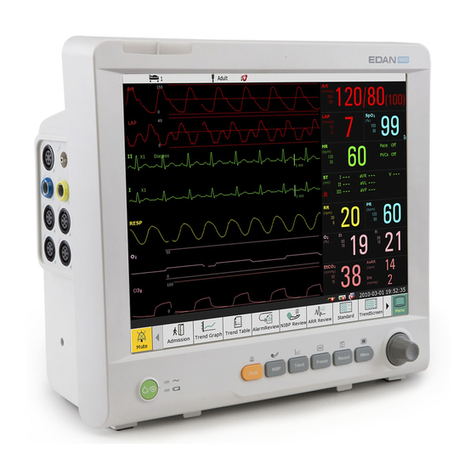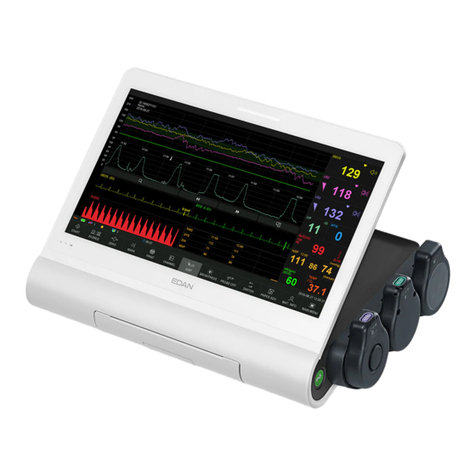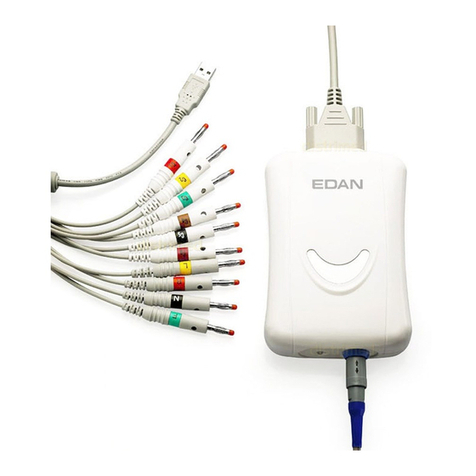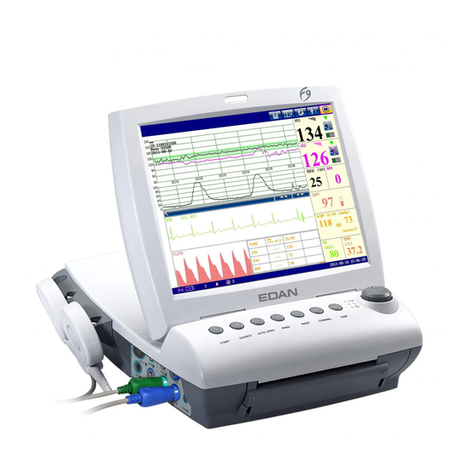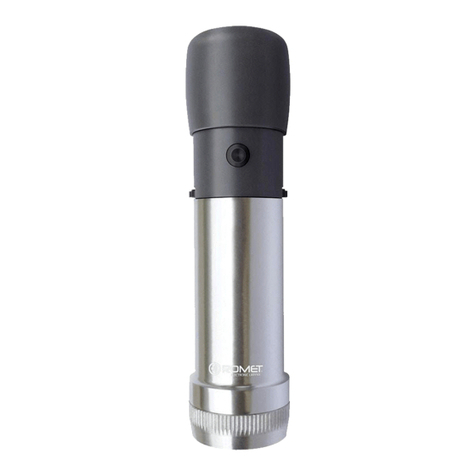
III
Table of Contents
Chapter 1 Warranty and Service..................................................................................................1
Chapter 2 Safety Guidance ...........................................................................................................4
2.1 List of Symbols....................................................................................................................... 4
2.2 Safety Information.................................................................................................................. 6
2.3 Warnings and Cautions ........................................................................................................... 7
2.3.1 Safety Warnings ............................................................................................................... 8
2.3.2 Lithium Battery Care Warnings ....................................................................................... 9
2.3.3 General Cautions............................................................................................................ 10
2.3.4 Cleaning and Disinfection Cautions............................................................................... 12
Chapter 3 Operating Principle ...................................................................................................13
3.1 Basic Theory of ECG Operation...........................................................................................13
3.2 Composition of ECG ............................................................................................................ 13
3.3 Lead ...................................................................................................................................... 14
3.4 Description of Hardware Design Principle........................................................................... 16
3.4.1 ECG Board Description .................................................................................................18
3.4.2 Description of Main Control Part................................................................................... 19
3.4.3 Description of Power Control Part................................................................................. 20
Chapter 4 Functional Verification..............................................................................................21
4.1 System Tests ......................................................................................................................... 21
4.2 Application System Tests...................................................................................................... 21
4.3 Safety Tests ........................................................................................................................... 23
Chapter 5 Modules’ Malfunction Verification...........................................................................24
5.1 Verifying the Main Board ..................................................................................................... 24
5.2 Verifying the ECG Board...................................................................................................... 25
Chapter 6 Electrocardiograph Servicing...................................................................................27
6.1 Disassembly Steps ................................................................................................................ 27
6.2 Internal Boards and Interfaces.............................................................................................. 34
6.3 Troubleshooting .................................................................................................................... 42
Chapter 7 Cleaning, Care and Maintenance.............................................................................46
7.1 Cleaning................................................................................................................................ 46
7.1.1 Cleaning the Main Unit and the Patient Cable...............................................................46
7.1.2 Cleaning the Electrodes.................................................................................................. 46
7.1.3 Cleaning the Print Head ................................................................................................. 46
